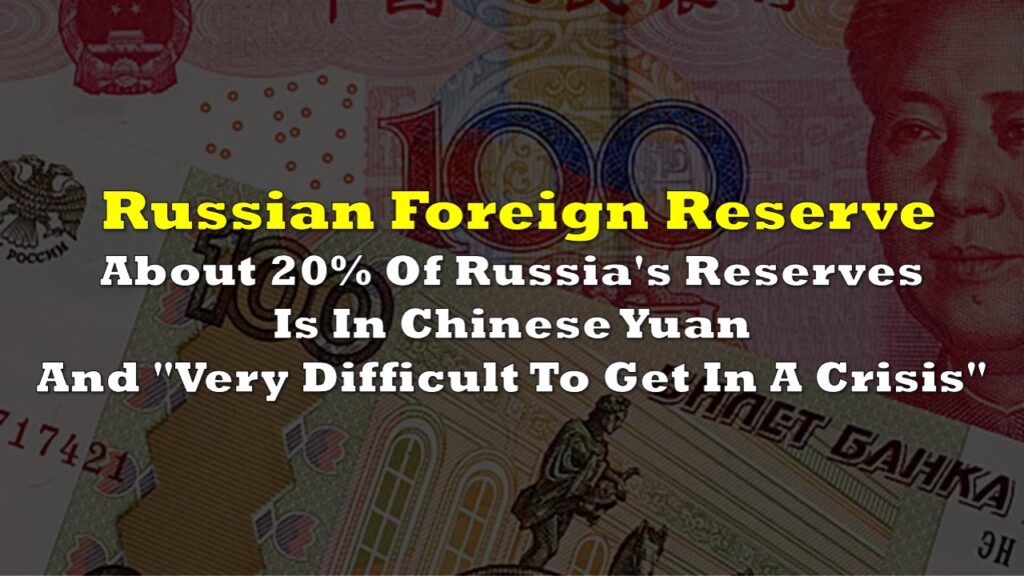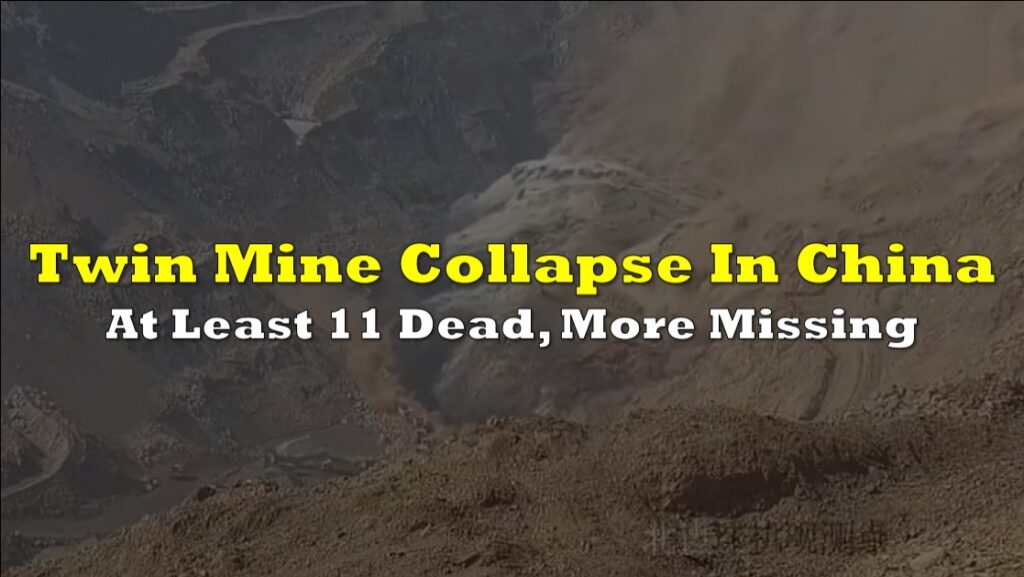China made history on Tuesday as its Chang’e-6 lunar probe successfully returned to Earth, landing in Inner Mongolia at 2:07 p.m. Beijing time. This mission marks the first time any nation has retrieved samples from the far side of the moon, specifically from the South Pole-Aitken Basin.
The mission, which launched on May 3 from Hainan Island, aims to collect approximately 2 kg of lunar soil. While the exact amount retrieved is yet to be confirmed, these samples are expected to provide valuable insights into the formation of the Earth, moon, and solar system. The materials will be transported to Beijing for extensive analysis by both Chinese and international scientists.
The returner of China's Chang'e-6 lunar probe touched down on Earth, bringing back the world's first samples collected from the moon's far side. pic.twitter.com/yEaXVQV7Bu
— China Xinhua Sci-Tech (@XHscitech) June 25, 2024
China’s National Space Administration chief, Zhang Kejian, declared the mission a success, while President Xi Jinping hailed it as a “landmark achievement” in the country’s ambitions to become a leading space and scientific power. This accomplishment builds on the success of the Chang’e-5 mission, which previously brought back samples from the moon’s near side and led to the discovery of new minerals.
Related: The Age of Private Lunar Landers Has Begun
The Chang’e-6 mission’s success comes amid growing competition in space exploration, particularly between China and the United States. NASA administrator Bill Nelson has expressed concerns about China’s lunar program, describing an intensifying “space race” between the two nations.
Despite geopolitical tensions between China and Western countries, scientific collaboration continues. The European Space Agency (ESA) is working with Chinese researchers on one of the Chang’e-6 payloads.
Related: India Shoots Another Shot at Moon Landing with Chandrayaan-3
As lunar resource exploration and the potential militarization of space become increasingly relevant topics, the success of Chang’e-6 may bolster China’s influence in global space endeavors. The ESA plans to meet with China’s space agency in October to discuss further collaboration, highlighting the ongoing scientific partnerships that persist despite broader geopolitical challenges.
Information for this story was found via Reuters, and the sources and companies mentioned. The author has no securities or affiliations related to the organizations discussed. Not a recommendation to buy or sell. Always do additional research and consult a professional before purchasing a security. The author holds no licenses.









